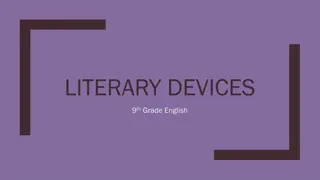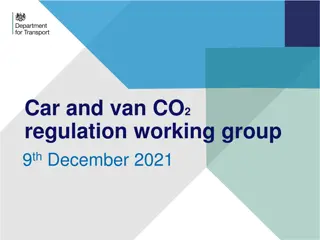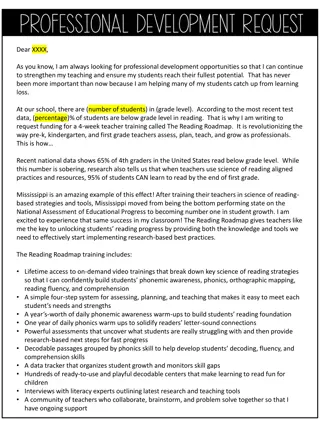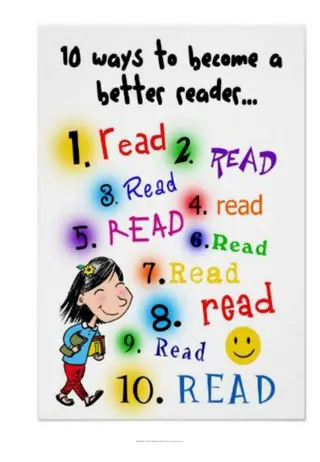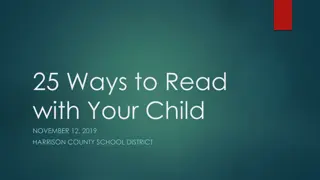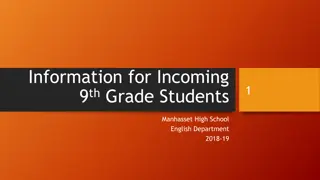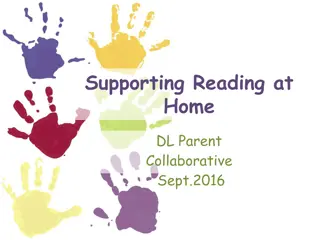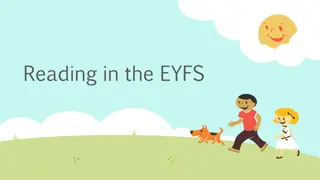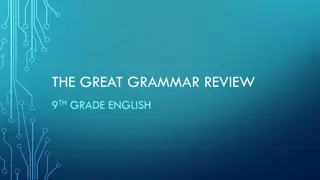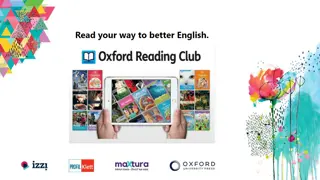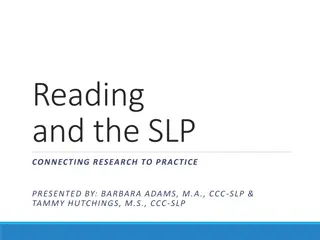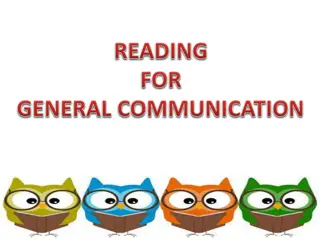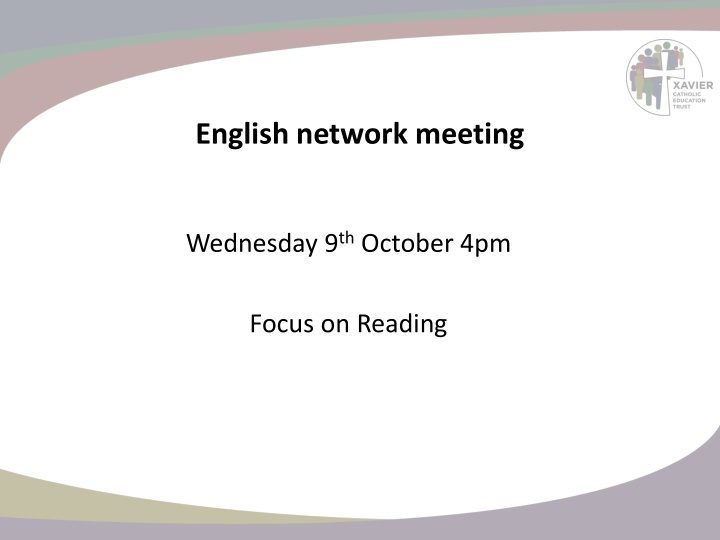
Network Meeting Focus on Reading Session Aims and Seating Layout
Join the English network meeting on Wednesday, 9th October at 4 pm for a session focused on reading. The aims include organizing writing moderation, sharing useful reading resources, understanding reading assessment in KS3, and more. Seating layout has been coordinated for effective group discussions and book moderations. Don't miss this opportunity to enhance your English teaching skills!
Download Presentation

Please find below an Image/Link to download the presentation.
The content on the website is provided AS IS for your information and personal use only. It may not be sold, licensed, or shared on other websites without obtaining consent from the author. If you encounter any issues during the download, it is possible that the publisher has removed the file from their server.
You are allowed to download the files provided on this website for personal or commercial use, subject to the condition that they are used lawfully. All files are the property of their respective owners.
The content on the website is provided AS IS for your information and personal use only. It may not be sold, licensed, or shared on other websites without obtaining consent from the author.
E N D
Presentation Transcript
English network meeting Wednesday 9thOctober 4pm Focus on Reading
Session aims By the end of this session we will: Organise writing moderation Share useful reading resources Have access to suggested genre/author lists Understand how reading is assessed in KS3 Share Salesian s Reading mentor scheme and reading project Pair up English leads
Seating Layout Groups have been assigned to ensure moderation groups are mixed. If you are part of a bulge year group, please join a team of two. Set 3 books Set 1 books Set 2 books The Marist Holy Family St Albans The Marist St. Augustine St Anne s Cardinal Newman St. Augustine St Alban s Cardinal Newman St Anne s St Charles Borromeo
Seating Layout Groups have been assigned to ensure moderation groups are mixed. If you are part of a bulge year group, please join a team of two. Set 1 books Set 2 books St Thomas of Canterbury Cuthbert Mayne St Thomas of Canterbury St Polycarps St Polycarps St Hugh of Lincoln
Ability Groups for Moderation 1 x cusp of expected 1 x cusp of greater depth 1 x solid greater depth
Writing Moderation We will work as a group on each set of books for 25 mins. During each 25 mins we will moderate 12 15 books between us. This includes bulge year groups. Year 5 and 6 when looking at St Alban s books, one table can join together. Set 1 books 25 mins St. Anne s x 2 Holy Family x 1 St. Charles Borromeo x 1 Set 2 books 25 mins Cardinal Newman x 2 The Marist x 2 Set 3 books 25 mins St. Alban s x 1 or 2 St. Augustine x 2 Cardinal Newman St. Augustine St Alban s The Marist Holy Family St Albans The Marist St. Augustine St Anne s Cardinal Newman St Anne s St Charles
Writing Moderation We will work as a group on each set of books for 30 mins. During each 30 mins we will moderate 9 books between us. This includes bulge year groups. Set 1 books 25 mins St. Thomas of Canterbury x 2 St Cuthbert Mayne x 1 Set 2 books 25 mins St Hugh x 1 St Polycarps x 2 Cuthbert Mayne St Thomas of Canterbury St Thomas of Canterbury St Polycarps St. Polycarps St Hugh s
Writing moderation one Year 1-Debbie David Marist and Therese Maher St Charles Borromeo Year 2-Christina Ward Cardinal Newman and Maureen McDonnell Marist Year 3-Sarah Willgoose Holy Family Year 4-Leigh-Anne St Anne s and Philippe Girault St Augustine s Year 5 Michelle Sebo-Xavier Team Year 6-Ali Denmead Cardinal Newman and Bethan Punter Marist Writing moderation 2 Year 1-Mary Edgell and Delia Parker St Polycarps, Esther Sharpe Year 2-Vikki Royce St Thomas of Canterbury Year 3- Year 4-Michelle Sebo Xavier Team Year 5-Catherine Grace St Hugh s Year 6-Suzanne Smyth Cuthbert Mayne and Claudia Berenson St Polycarps
What works The use of high quality books within the reading curriculum is at the heart of a school s successful approach to engage and support children to become motivated and independent readers. If children enjoy reading, they read more frequently and become better readers. If teachers and those who work in schools know about the best children s literature available they will be able to share that with the children they teach and encourage them to be inspired as readers and motivated to read for themselves.
Build a collection of books from a wide and diverse range of authors, illustrators and forms https://clpe.org.uk/powerofreading/subscripti on/what-does-membership-power-reading- website-offer https://clpe.org.uk/clpe/library
Become familiar with how different books can be used to support a variety of reading experiences Build up a bank of books that you enjoy and that you know work. These can include short stories, folk and fairy tales, myths and legends, poetry and picture books. Reading aloud makes for an important shared experience, giving children access to a wider range of texts. Hearing a text read aloud often draws out elements that go unnoticed when you read inside your head. Group reading allows you to tailor books to more specific needs and to support progress in reading.
Choose books and multimodal texts with quality artwork which complement, support or extend the story Picture books are for all ages, not just for very young children. Raise awareness and understanding of the process and thinking behind the creation of picture books and the importance of images. https://clpe.org.uk/powerofpictures/books- and-teaching-sequences
Ensure there are texts that children can engage with in a variety of ways depending on their responses, maturity and choice Slowly revealing the content of a book works well and captivates children; holding their interest. Reading a book together, engaging in book talk and providing creative activities around the text will enhance enjoyment, engagement and reader response. Encouraging children to draw on their own life experiences and knowledge of other texts in a variety of media when discussing books will draw out meanings and a deeper level of understanding than children might otherwise have had.
Select texts that present information in a variety of interesting ways Children need to meet information texts that represent their interests as well as those that are curriculum related, although these are not mutually exclusive. Start with a text that enthuses you rather than shoehorning in books to fit a topic. Look out for books that don t always use conventional approaches to information in terms of text and design. Texts that employ narrative often work well as the human mind is inclined to find story an aid to understanding. Recognise that texts need not always be books. Explore a variety of formats and approaches, including multi-media.
Allow children to see themselves reflected in what they read and to have the opportunity to investigate other perspectives Seek out books that reflect diversity. Choose books that make children aware of the wider world beyond their immediate sphere. Children s home languages should be valued right through education; bilingual texts and resources should be provided to meet the language needs of learners supporting proficiency in English and progress in their home language.
Respect childrens choices, ensuring that the texts you choose foster their experience of literature as well as supporting current interests Listen to and respect children s choices while helping them to broaden their reading range. Don t automatically dismiss children s enjoyment of certain types of books such as books in popular series. These texts can draw children in, provide important reading practice and encourage them to read for pleasure. Children can be easily put off when they feel adults are making judgements about their reading choices, so to help children move forward in their reading, teachers have found it helpful to allow children to have a say in the selection of books for the book corner and library.
Choose books that are worth re- reading and provide the opportunity to respond in a variety of cross- curricular ways For a book to be suitable as a class text, around which teachers and children can develop discussion, writing and creative work, it needs to be worth revisiting. It should inspire thinking and creativity, provoke questions and lead to learning opportunities across the curriculum. Deepen responses and encourage children to make connections by exploring other texts by the same author or on the same theme.
Genre lists http://landt.xaviercet.org.uk/planning/english/ reading/resources/
Primary ideas to share St Charles Borromeo-Reading bingo St Augustine s-Book bags
https://literacytrust.org.uk/resources/?phase=primary https://clpe.org.uk/corebooks/free-resources https://www.booksfortopics.com/ https://clpe.org.uk/poetryline/resources/teaching-sequences http://www.mrspteach.com/2014/08/read-with-ric-resources-and-logos-for.html https://www.talk4writing.co.uk/ https://www.literacyshed.com/home.html https://www.wooltonprimary.com/curriculum/english-planning For parents http://www.wordsforlife.org.uk/7-11 https://www.fluentu.com/blog/educator-english/esl-websites-for-kids/
English pairs St Alban s-Holy family St Anne s-St Charles Borromeo Marist-St Hugh s-Cardinal Newman St Augustine s-St Polycarps St Thomas of Canterbury-St Cuthbert Mayne Learning walks Book looks Action plans Moderating Planning Resource sharing Enrichment days Competitions
Next meeting Wednesday 22nd January 2020 Agenda ideas?





